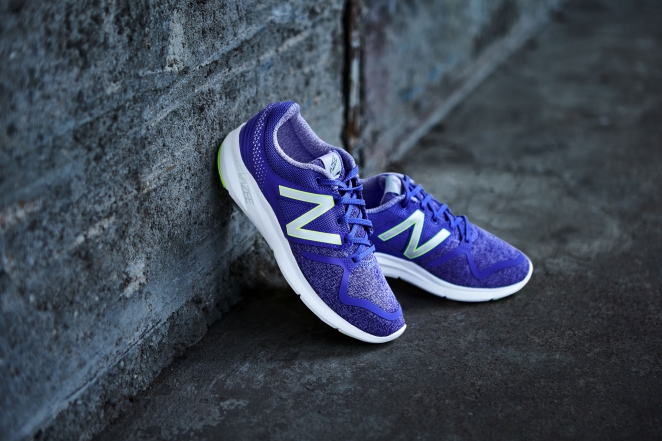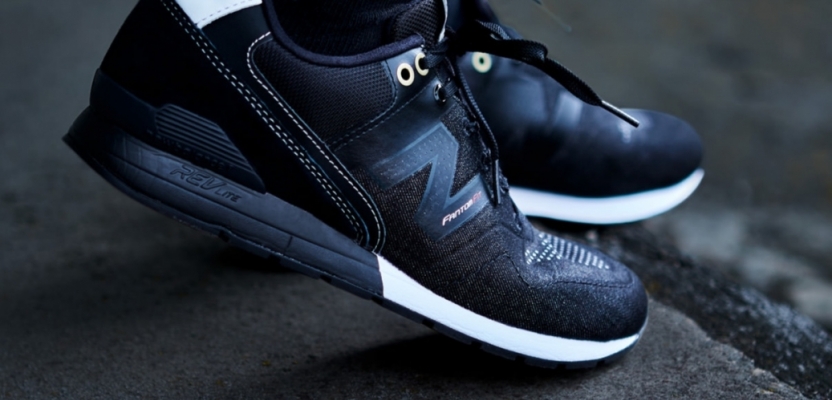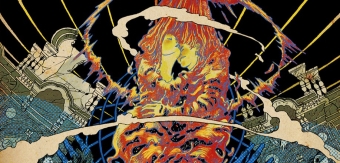All work and no play... well, you know the rest. It is hardly a coincidence that Jack from the Shining was a writer, and thus, a creative professional himself; the importance of balancing commercial and personal projects is much discussed in recent times, and a constant topic that we see popping up in a lot of Member Spotlights around here. Mehmet Turan's story isn't much different.
Mehmet is a photographer, retoucher and overall lover of photography working for his own company, 35millimetre. Balancing international work and personal projects is a key aspect of keeping Mehmet inspired at all times – as he believes that doing only work projects can make your creativity weaker over time. With a sharp, clean and vibrant style, Mehmet's work is a good testimony of his great love for the art of photography, a passion he's been cultivating since high school.
For this Member Spotlight, we are learning more about Mehmet and his personal style, work process, portfolio of work and how he manages to find inspiration all around the industry.

How did you get into the industry?
Since high school, I have been interested in photography. I had a film USSR-made camera, a Soviet copy of Zenith. In fact, in the last years of high school, I started selling prints of my classmates’ portraits. It stayed as a serious hobby, and as I didn’t have space for a darkroom, I bought a Coolscan film scanner and started making adjustments in Photoshop. In 2010 I left corporate life to be an advertisement photographer, but in a couple of years, I found out that there is a greater demand for my post-production skills than my photography. The market was more saturated with photographers, and I started to do freelance work for ad agencies.
Where are you based now and who do you work for?
I’m based in Istanbul Turkey but 97% of my work is international. The demand used to be coming from medium to large ad agencies but in the last two years I saw my client base change to photographers and corporate. Due to pandemic-related and economic changes, budgets are decreasing, and companies either ask photographers to deliver finalised work (as a result they outsource), or their marketing departments outsource the job and take out ad agencies from the middle whenever they can.

If you weren’t in your current industry, what would you be doing?
I like creativity in 3D motion designs; the growth potential is vast, and possibilities are endless. I like everything that involves visuals. If I had to choose something that wasn’t in front of a computer, I would opt to work with wood.
Can you explain your creative process?
I have daily resources to visit; just like reading a newspaper, I check feeds from Creativepool and Behance. If you check good work, your brain tries to bring out good work. When I receive a job brief, I go to the Internet and search for similar visuals, competitor visuals, create rough mockups and share them with the client (if the client is a regular one, if not, I create one full edit for review) for a feedback session. I also have some talents and work on their images free of charge; the reason is that in those works, I have more creative freedom and a chance to improve myself. If you do commercial paid work all the time, your creativity may get a hit in the long run.
How would you describe your style?
Styles change in time, but the trends of the commercial market also affect my current style. I try to create sharp, clean images with minimum distractions. Colours are intense and saturated.

Which individuals do you gain inspiration from? Do you have any heroes in the industry?
There are a lot. Usually, post-production artists focus on one area, and they become masters of it. In the advertisement field, Sef McCullough and Erik Almas, then Tine Eisen and Zoe Noble in beauty retouching (which I’m not good at). Post-producers/retouchers are usually underdogs; you may never find who they are unless they become famous.
Photographers rarely share their names; therefore, there are some unknown artists such as ones who make edits on Tim Taddler & Blair Bunting. I admire fine art, nude and dance photography, and think it’s something that comes closest to a painting; the works of Andreas Bitesnich is inspiring. However, there are many talents I admire & follow in the image post-production area.

How has technology affected the way you work?
It’s improving year by year, and in terms of time, we save a lot from mundane tasks. Of course, some tasks we used to charge a lot can be done with a click of a button. Therefore you have to charge for solutions and creativity, not for how long the job will take you to complete. Of course, faced paced technology also brings bugs. When a new release of any software comes up, they always come with bugs; therefore, I keep one previous version just in case, and there are times that I reverie back to the earlier version.
What’s your secret to staying inspired and motivated?
Motivation comes from clients who admire your work, and a thank you message always motivates me. Also, from time to time, I receive messages from other people who check my work. My wife is also a good critique and an admirer too. Inspiration comes from never stopping looking around and also going through works of other people you admire daily; they fill you in.

What’s the work achievement you’re most proud of?
It’s like my best work is the one I haven’t done already, and there is a lot, but at the moment I’m doing some work for an Electric Vehicle company, and I’m delighted by the book coming out. From past jobs, I did a short movie poster titled “Buoy”. That was a complicated composite, and I enjoyed it a lot while working on it as the project owner gave me more freedom.
How do you recharge away from the office?
Walking and spending time with my family.
What is one tip that you would give to other aspiring creatives looking for work?
To be good in what you do is the standard, but the real challenge is finding work and spend more time on the marketing and business side than the actual work. Therefore don’t just follow other visuals or classes to improve yourself in your trade; try to improve yourself on the business side. Read books on pricing and marketing, even if they can be tedious.

What’s your one big hope for the future of the industry?
One wish is that retouchers/post-producers are credited in their work just like photographers.
If you could change one thing about the industry, what would that be?
Get rid of the hourly rate system; hourly rates don’t help hirers compare talents. I believe it helps more to average talents than those who are good at what they do.
Do you have any websites, books or resources you would recommend?
You can find many resources on tricks of the trade, and they are no secret. Running the business is the critical part; there are many books of Seth Godin that I highly recommend (there is one recent for creatives that I haven’t yet read); I also recommend the Youtube channel “The Futur” that’s also an excellent source for running the business for creatives. I would also recommend investing in a CRM system if you reached a point where following your clients on a spreadsheet is no longer a viable solution. I’m using Cloze, but there are various solutions for different needs.






